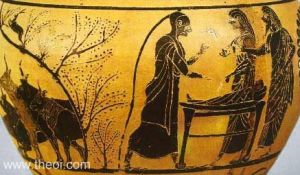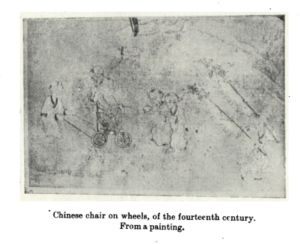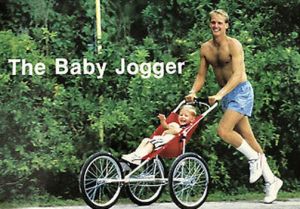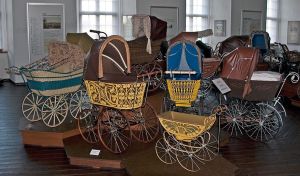Main Page
Welcome to StrollerWiki—the Wikipedia site for baby strollers. Pardon our dust . . . we are working on building this site!
This site provides detailed info on major baby stroller makers (more to come):
- BABYZEN
- BOB
- Baby Jogger
- Baby Trend
- Bombi
- Britax
- Bugaboo
- Century
- Chicco
- Cosco
- Cybex
- Delta Children
- Diono
- Doona
- Evenflo
- Gb
- Graco
- Joolz
- Joovy
- Keenz
- Kolcraft
- Larktale
- Maxi Cosi
- Mockingbird
- Mompush
- Mountain Buggy
- Nuna
- Peg Perego
- Phil & Teds
- Safety1st
- Summer Infant
- Thule
- UPPAbaby
- Veer
- Wonderfold
| Did you know . . . |
|
|---|
A Brief History of the Baby Stroller
William Kent is widely considered the father of the modern baby stroller, designing a carriage for the Duke of Devonshire in 1733. But was this really the first baby stroller?
Before the modern era

There are a few references to conveyances used to carry babies and children earlier that 1733. A 520 BCE Etruscan vase depicting Hermes stealing Apollo’s cattle is said to depict Hermes as a baby in a wheeled conveyance—although this looks more like a wheeled cradle than a stroller.[2]
Oddly, there are no references to wheeled baby carriages in Egyptian, Roman or Greek historical documents—most babies were carried during this part of history. However, wheeled toys were quite common.

Along that vein, a Japanese painting from the 14th century shows a Chinese baby in a carriage with wheels pulled by a rope.[4]
Wheeled toys were also found in India, Ceylon (now Sri Lanka) and even Meso-America, leading some to believe that wheeled carriages and carts were also common. However, it wasn’t until improvements in roads and pavement that chariots, wheeled carriages and large wagons were used broadly. In England, enclosed carriages for passengers were first introduced in 1555.[5]
That’s not to say parents didn’t adapt carts and small wagons to multiple uses including carrying children. An example are the hop wagons in Kent in the UK, which came from Europe in the 16th century.[6]
A watershed moment in baby strollers came in 1733. A landscape architect working for the Duke of Devonshire, William Kent, designed the first baby stroller as a way to “amuse his children in transit.”
Designed to be pulled by ponies, dogs or goats, the Duke of Devonshire’s Chatsworth Serpent Pram was named for snakes that adorned the carriage (the Duke of Devonshire’s crest has snakes). Given the extravagant cost of the carriage, this one-off creation wasn’t intended to spur an industry of baby buggies.
It would take another century—and the rise of the Industrial Revolution and the middle class—before strollers became standard parenting equipment.
Fast forward to the 1830’s when the first craftsmen began building and selling baby carriages. The Industrial Revolution and world-wide trade made it possible to build quantities of baby carriages. Benjamin Potter Crandall and his son Jesse marketed the first baby carriages in the US in the 1830’s. Jesse later invented several improvements including a brake and parasol.[7]
At the same time, the US market for baby carriage makers was booming. Many of these companies were located in Massachusetts. In Greenfield, MA, J.P. Prentice built a baby carriage for his daughter, who was born in 1835. Greenfield later became known as a center of baby carriage manufacturing as fellow stroller makers Henry Warner, J. Morris Munson and Frank and Samuel Boylston set up shop in the area.
Meanwhile in Europe, the Germans began making carriage strollers in Zeitz, Germany in 1846 when Albert Naether founded his workshop. It later grew into one of Europe’s largest maker of baby carriages and prams.[8]
- ↑ https://babel.hathitrust.org/cgi/pt?id=njp.32101068130804&seq=15
- ↑ https://babel.hathitrust.org/cgi/pt?id=njp.32101068130804&seq=15
- ↑ https://www.jstor.org/stable/41356294
- ↑ https://www.jstor.org/stable/41356294
- ↑ https://www.britannica.com/technology/coach-horse-drawn-vehicle
- ↑ https://www.jstor.org/stable/41356294
- ↑ https://www.thoughtco.com/history-of-baby-carriages-4075936
- ↑ https://www.atlasobscura.com/places/deutsches-kinderwagenmuseum-german-stroller-museum

